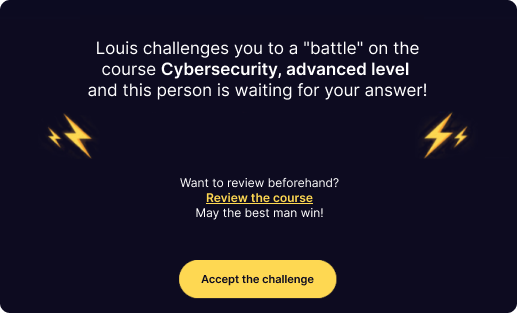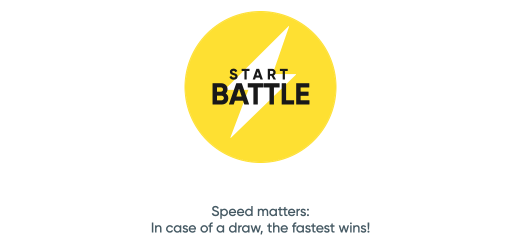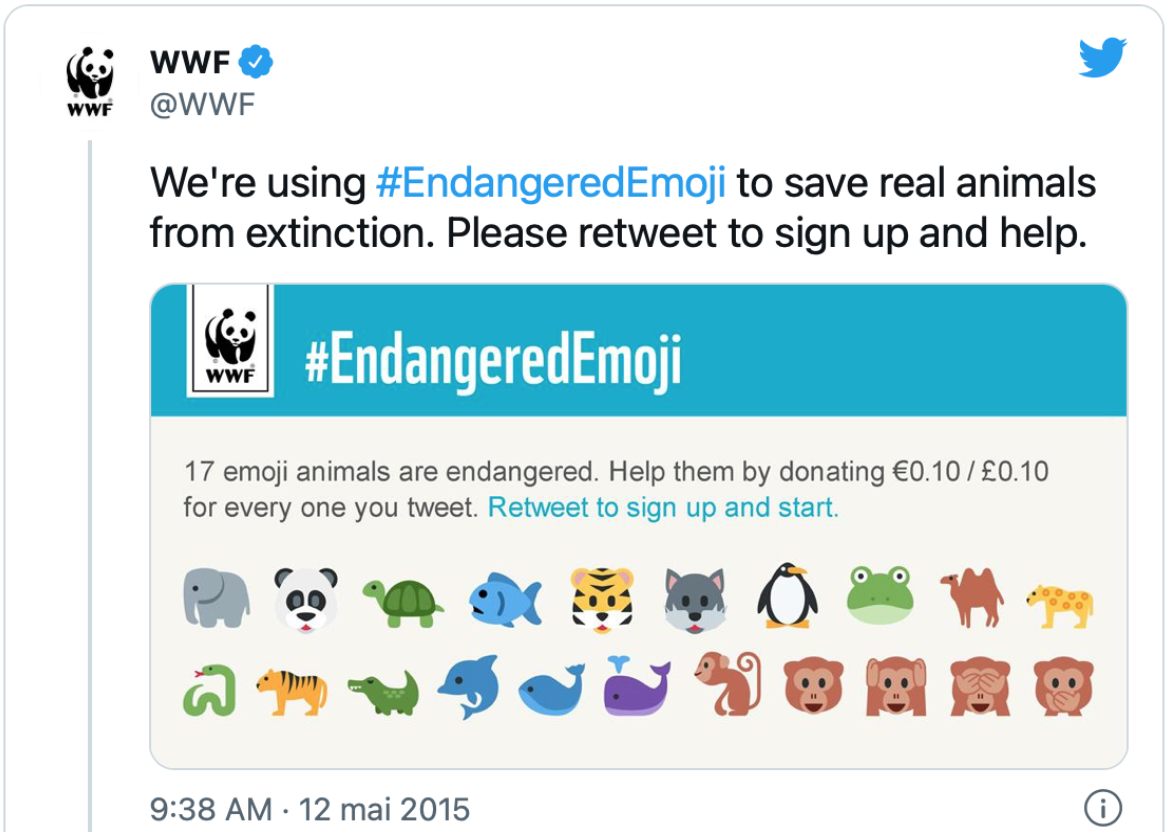According to an IFOP study published in 2021, 84% of respondents believe that sustainable development should be a mandatory course in all vocational and higher education programs.
Today, Corporate Social Responsibility (CSR) is a strategic issue for companies. It is a crucial ingredient in the recipe of a company that is committed and concerned about its environmental, social, and economic impact, yet it is often relegated to the background. In this article, we propose an action plan in 5 key points to effectively engage your employees in an environmental approach!
Make your employees aware of environmental issues
The environmental issue is nowadays at the heart of people’s concerns. Your employees are therefore more and more sensitive to these issues. Nevertheless, the issue of climate change is not new, and if it is so difficult to change things, it is mainly because the work is dizzying: we can quickly feel overwhelmed. Thus, one of the keys to implementing an effective CSR strategy is above all to make employees aware of the complex challenges of the environmental issue. How can we do this? One way that has recently emerged and is gaining momentum is through the “Fresque du Climat”. “To act on climate change, we must first understand it”. Here is the conviction that the French association created in 2018 displays. It then proposes a cooperative and playful workshop that aims to raise public awareness of climate change. Being able to be carried out on-site or remotely, the “Fresque du Climat” is based on a game of cards proposing causes and consequences, and whose players must connect them. This allows everyone to link the causes and consequences of climate change and thus, to better understand the extent of the problem.
Develop the skills of the teams on the solutions to be implemented
Once they are aware of and ready to fight climate change, it is necessary to deepen the knowledge of employees, particularly in the search for solutions. Thus, increasing the competence of employees on environmental issues is crucial to implement short-term solutions and to already outline the long term. This can take several forms. First of all, you can extend the awareness phase with brainstorming and situation workshops to find solutions. This allows you to apply the knowledge learned and to identify the processes to be transformed. Moreover, each industry, each department, must find adapted solutions, and this can only be done through the first concerned: employees. Finally, to ensure that your commitment to the environment is not confined to a single day, it is important to guarantee continuous training on these subjects, which are evolving at lightning speed. This is why we also recommend integrating an online training solution that will allow you to train your employees on these issues daily. If digital learning is an indispensable tool to train all employees massively and quickly, it is also more engaging and fun, thus promoting employee interest in training.
Define a group of committed employees to promote the company’s CSR culture and involve all employees
To imagine a different way of doing things and transform the company, it is necessary to spread the CSR culture within the company, at the heart of each business. The multiplicity of actions to be taken is such that all employees must be involved in this approach. Thus, stakeholder management is essential to the success of this mission. On a more global level, we note that networks of companies committed to the social and ecological transformation of the economy are increasingly being formed. These initiatives, such as the Impact France network that recently participated in Cop26 or the Makesense organization that creates tools and programs for collective mobilization to take action and build an inclusive and sustainable society, give everyone the power to act. Thus, within the company, it is also useful to create groups of employees who wish to commit themselves to the ecological transition of their company. As pillars of the CSR strategy, they will help to mobilize teams around common objectives to instigate change and develop a collective dynamic.
Make the CSR strategy an integral part of the company’s overall strategy
An effective CSR strategy can only work if it is a long-term commitment for the entire company. Whereas in the past, a foundation or a donation could be enough to show their credentials, it is now essential for companies to adapt to new legislation such as the low-carbon objective proposed by the Paris Agreements. Therefore, it is essential to think of CSR strategy as an inseparable element of the global strategy. This is necessary so that the company can adapt upstream and take up the major challenges of tomorrow, instead of reacting on the fly (literally and figuratively), once it is too late. The idea is to banish greenwashing and accelerate a profound transformation of corporate activities. From then on, the CSR strategy must be supported and promoted by the whole company, starting with the top management. In concrete terms, the entire company must be involved because every decision and every action plan must be thought through by including CSR objectives and by establishing measures on the resulting impacts.
Objective: BCORP certification
The “B Corp” label is a certification granted by the independent NGO B-Lab. This label is awarded to companies that set extra-financial social or environmental objectives and that meet demanding criteria in terms of responsibility and transparency. To obtain this certification, 200 questions must be answered in five areas: governance, employees, communities, the environment, and customers. If you exceed 80 points, you can apply for certification. Why is this important? The “B Corp” label is an international movement that already brings together more than 4,000 companies of all sizes and sectors in 74 countries, including more than 145 in France. It is a sign of a committed company that wants to make a difference.
Want to go further? Discover our article on the skills you need to acquire to reinvent yourself!
Want to go further? Discover our article on the skills you need to acquire to reinvent yourself!



 At Coorpacademy, to encourage collaborative learning, we encourage learners to challenge each other and test their new skills in a very interactive and fun way. That of the battles. This element of play on the platform in duel question mode allows each learner to challenge the person of their choice on the course of their choice! The learner who answers the most questions correctly – or the fastest in case of a tie – wins the Battle, 5 bonus points, and a better knowledge of the course.
At Coorpacademy, to encourage collaborative learning, we encourage learners to challenge each other and test their new skills in a very interactive and fun way. That of the battles. This element of play on the platform in duel question mode allows each learner to challenge the person of their choice on the course of their choice! The learner who answers the most questions correctly – or the fastest in case of a tie – wins the Battle, 5 bonus points, and a better knowledge of the course. Emojis have become indispensable for punctuating a sentence, accentuating an emotion or slipping an innuendo into a digital conversation. Indeed, some companies or associations are taking advantage of emojis for their advertising campaigns: Domino’s Pizza recently launched a Twitter campaign where people from all over the world could tweet the company with the Pizza Emoji to order one. Associations have also understood the effectiveness that these emojis can bring to their digital communication, such as the nature conservation organisation WWF, which launched an awareness 2.0 campaign using Emojis through the hashtag #EndangeredEmoji in 2016. Thus, it is clear that emojis are no longer just a private conversation and are no longer considered a decorative or innocuous element; they represent a new and improved form of language that has its roots in digital, breaking down language barriers for brands.
Emojis have become indispensable for punctuating a sentence, accentuating an emotion or slipping an innuendo into a digital conversation. Indeed, some companies or associations are taking advantage of emojis for their advertising campaigns: Domino’s Pizza recently launched a Twitter campaign where people from all over the world could tweet the company with the Pizza Emoji to order one. Associations have also understood the effectiveness that these emojis can bring to their digital communication, such as the nature conservation organisation WWF, which launched an awareness 2.0 campaign using Emojis through the hashtag #EndangeredEmoji in 2016. Thus, it is clear that emojis are no longer just a private conversation and are no longer considered a decorative or innocuous element; they represent a new and improved form of language that has its roots in digital, breaking down language barriers for brands.